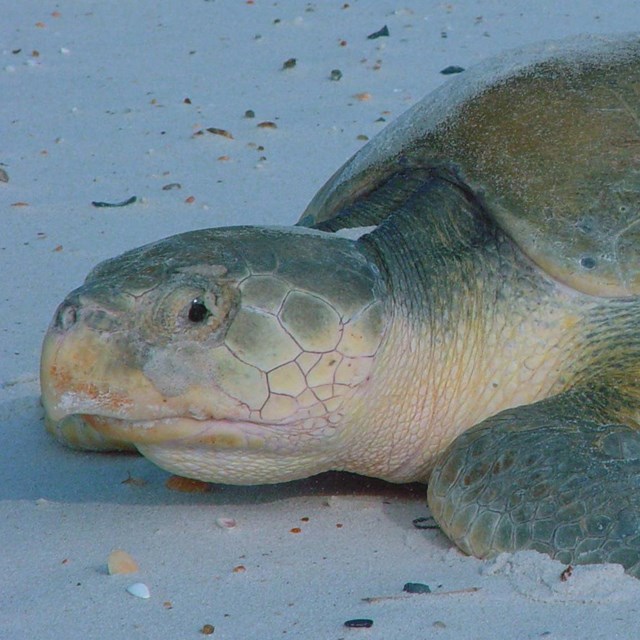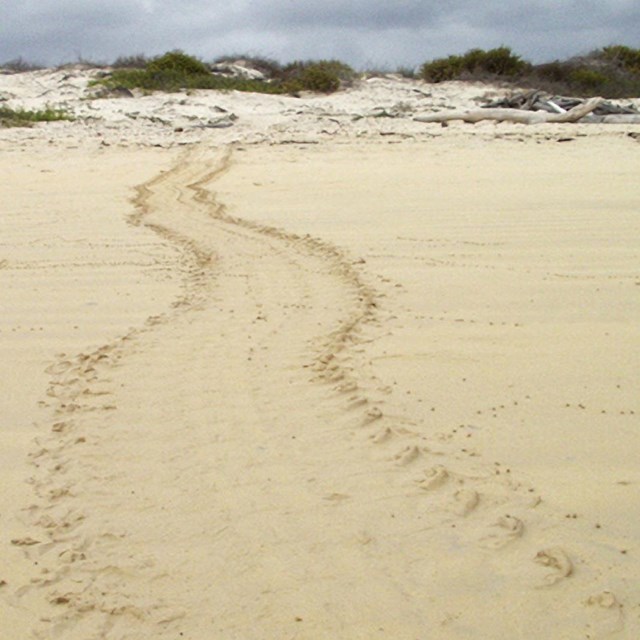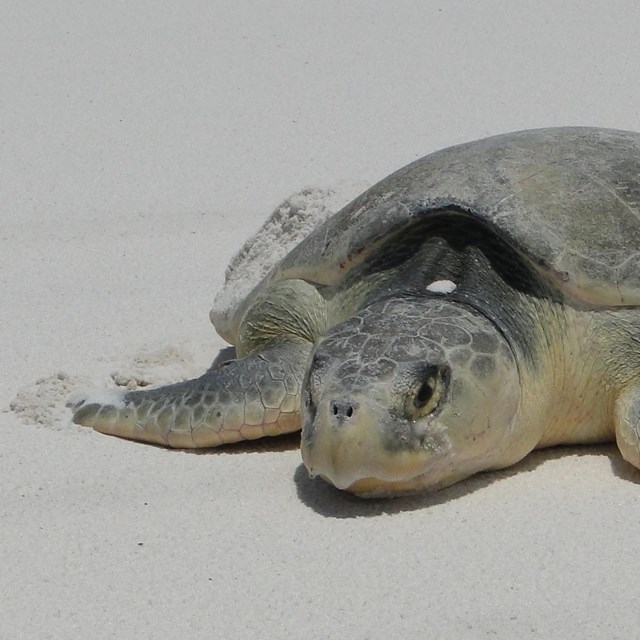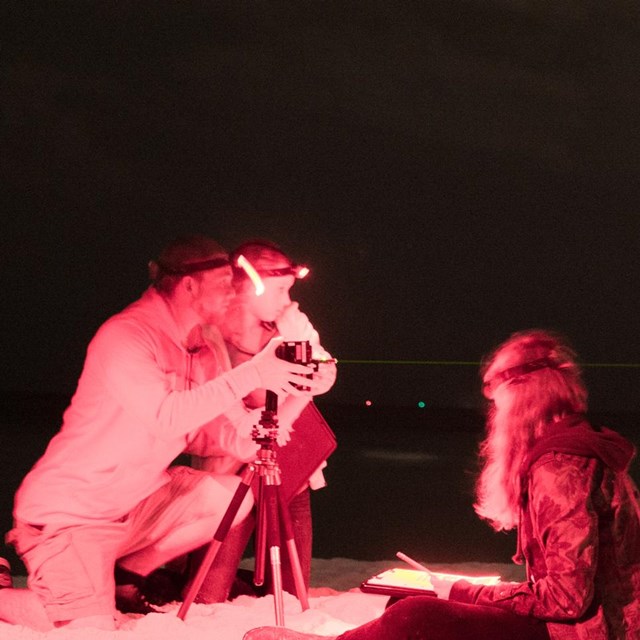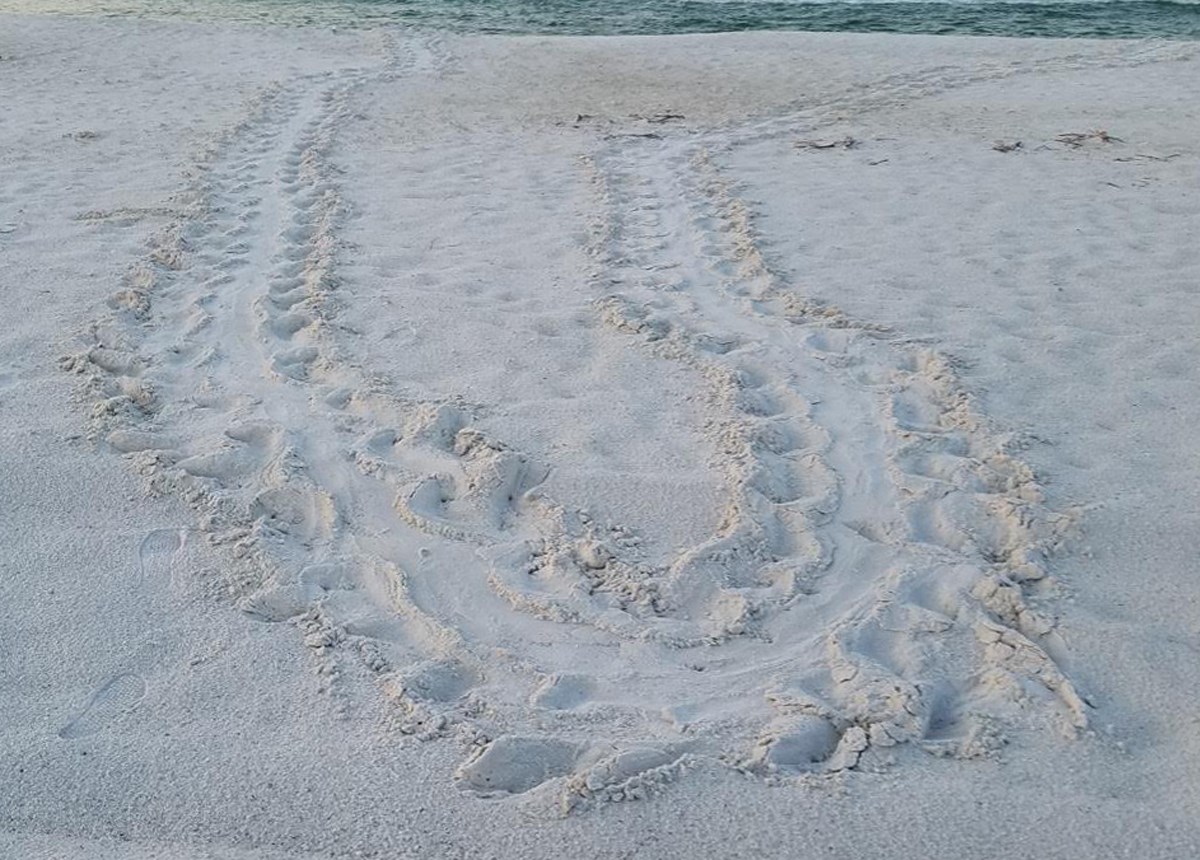
NPS Photo All five sea turtles found in Gulf Islands National Seashore are designated as either Endangered or Threatened within their distinct population segments under the U.S. Endangered Species Act of 1973. Species are listed as endangered or threatened when there is a reduction in population size and/or geographic range. Endangered species face risk of extinction throughout a range while threatened species are considered likely to become endangered in a range. Since sea turtles are highly migratory, and therefore considered internationally shared resources, they have been placed on the International Union for Conservation of Nature and Natural Resources (IUCN) Red List and have been given international designations ranging from vulnerable to critically endangered. Sea turtles are vanishing due to both intentional and accidental capture in commercial and recreational fishing, entanglement in marine debris, environmental contamination such as the 2010 Deepwater Horizon oil spill, vessel strikes, the loss and alteration of nesting and feeding habitats, artificial lighting, and non-native vegetation. Fibropapillomatosis, a disease which causes the growth of bulbous tumors on soft tissue, is a growing threat most commonly seen in green turtles. The tumors grow on various areas on and around the eyes, resulting in blindness and starvation. Affected sea turtles are anemic and, at a severe stage, are lethargic and emaciated. Scientists are not yet certain how sea turtles in the wild contract or transmit this disease. Hatchlings are attracted to natural light reflecting off the sea and onto the beach. Artificial lighting from unnatural sources, such as beachfront properties, streetlights, and automobiles, can disorient hatchlings, leading them away from the sea. Disoriented hatchlings often die of exposure to the weather or fall prey to predators such as ghost crabs, raccoons, coyotes, birds, fish, and people. Learn More About Sea Turtles
|
Last updated: November 6, 2017

